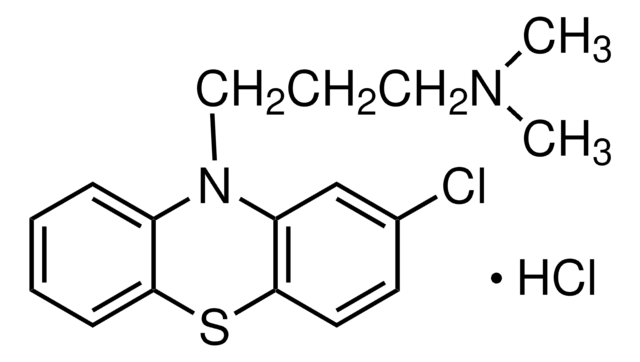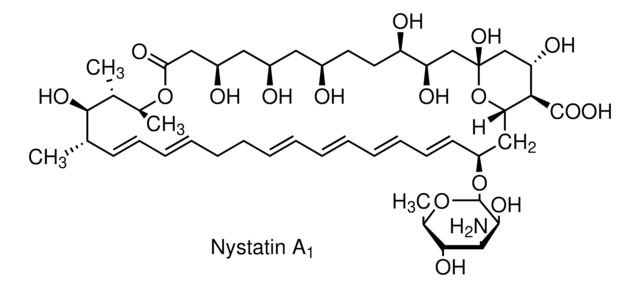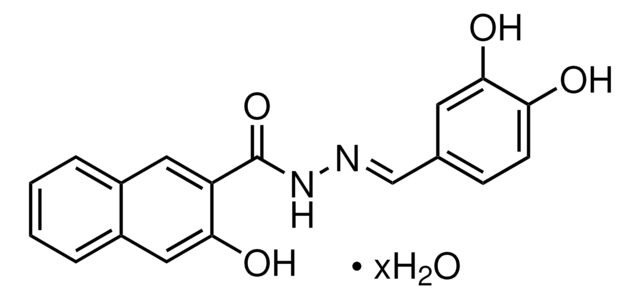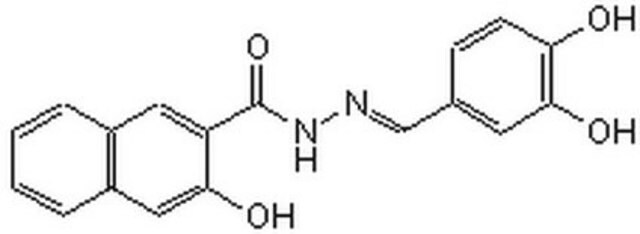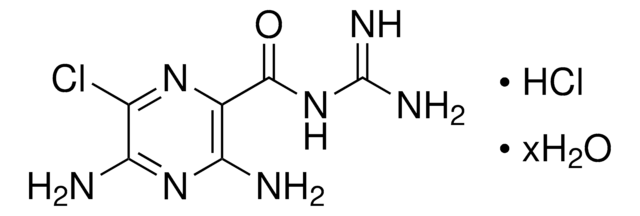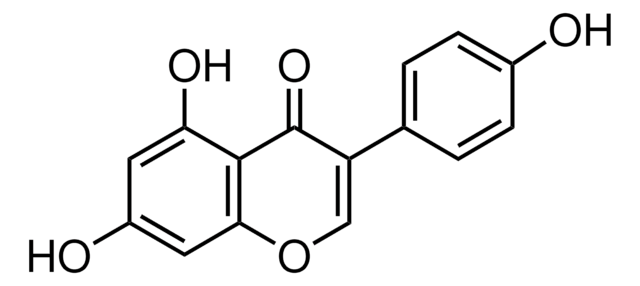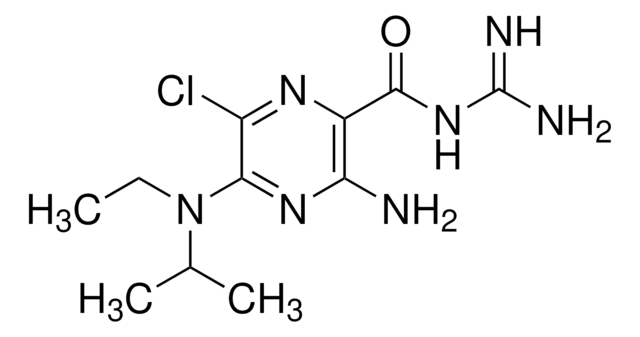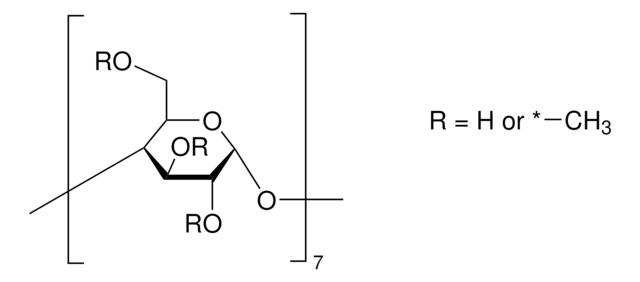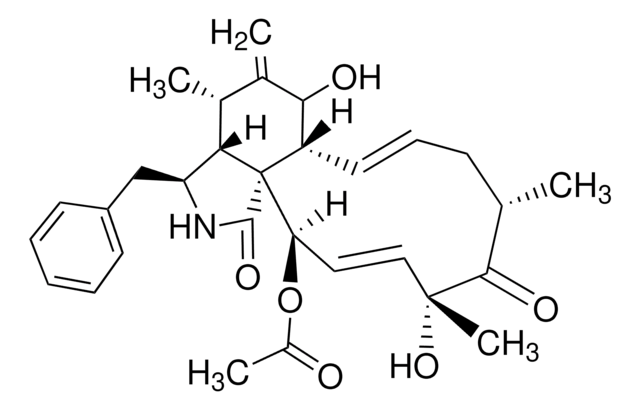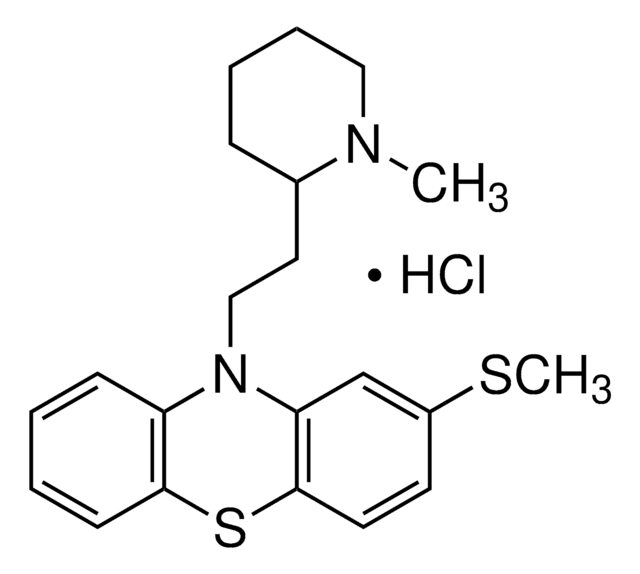C8138
Chlorpromazine hydrochloride
≥98% (TLC), powder, D2 dopamine receptor antagonist
Sinónimos:
2-Chloro-10-(3-dimethylaminopropyl)phenothiazine hydrochloride, CPZ, Largactil
About This Item
Productos recomendados
Nombre del producto
Chlorpromazine hydrochloride, ≥98% (TLC)
Ensayo
≥98% (TLC)
Formulario
powder
mp
194-196 °C
solubilidad
water: 50 mg/mL
emisor
GlaxoSmithKline
cadena SMILES
Cl[H].CN(C)CCCN1c2ccccc2Sc3ccc(Cl)cc13
InChI
1S/C17H19ClN2S.ClH/c1-19(2)10-5-11-20-14-6-3-4-7-16(14)21-17-9-8-13(18)12-15(17)20;/h3-4,6-9,12H,5,10-11H2,1-2H3;1H
Clave InChI
FBSMERQALIEGJT-UHFFFAOYSA-N
Información sobre el gen
human ... DRD2(1813) , DRD3(1814) , DRD4(1815) , HRH1(3269) , HTR2A(3356)
¿Está buscando productos similares? Visita Guía de comparación de productos
Aplicación
- as an antagonists for calmodulin kinase
- as a medium supplement to test its cytotoxic effects in human lung microvascular endothelial cells (HMVEC-L)
- as an inhibitor of clathrin-mediated endocytosis in RAW 264.7 cells
Acciones bioquímicas o fisiológicas
Características y beneficios
Palabra de señalización
Danger
Frases de peligro
Consejos de prudencia
Clasificaciones de peligro
Acute Tox. 1 Inhalation - Acute Tox. 3 Oral
Código de clase de almacenamiento
6.1A - Combustible acute toxic Cat. 1 and 2 / very toxic hazardous materials
Clase de riesgo para el agua (WGK)
WGK 3
Punto de inflamabilidad (°F)
Not applicable
Punto de inflamabilidad (°C)
Not applicable
Equipo de protección personal
Eyeshields, Faceshields, Gloves, type P3 (EN 143) respirator cartridges
Elija entre una de las versiones más recientes:
¿Ya tiene este producto?
Encuentre la documentación para los productos que ha comprado recientemente en la Biblioteca de documentos.
Los clientes también vieron
Nuestro equipo de científicos tiene experiencia en todas las áreas de investigación: Ciencias de la vida, Ciencia de los materiales, Síntesis química, Cromatografía, Analítica y muchas otras.
Póngase en contacto con el Servicio técnico